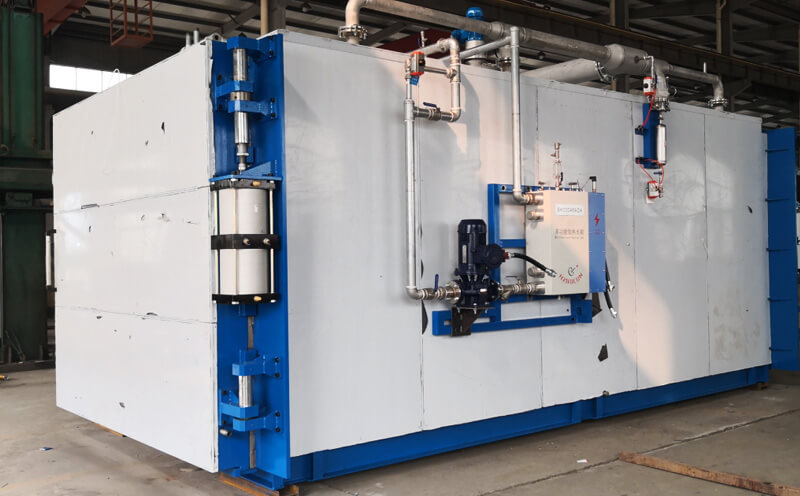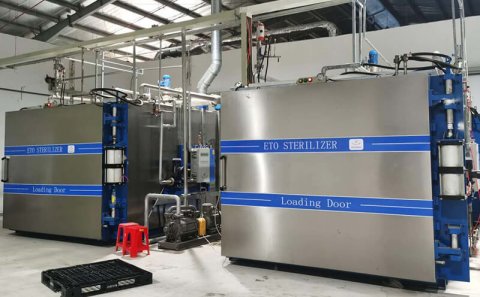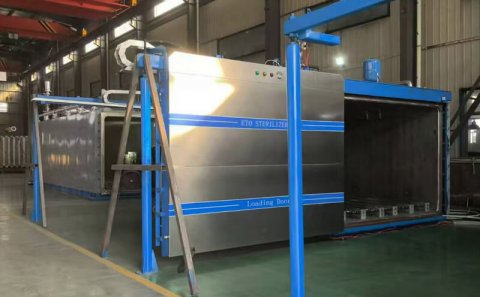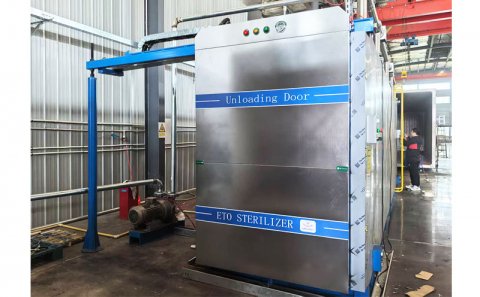
Characteristics of ethylene oxide
Ethylene oxide is an organic compound, chemical formula is C2H4O, is a toxic carcinogen, used to make fungicides. Ethylene oxide is not easy to transport for long distance, so it has strong regional characteristics. It is widely used in washing, pharmaceutical, printing and dyeing industries. It can be used as the starting agent of detergent in chemical industry.
Disinfectant used in sterilization cabinet
Ethylene oxide is the second generation of chemical disinfectant after formaldehyde, and it is still one of the best cold disinfectants. It is also one of the most important four low-temperature sterilization technologies (low-temperature plasma, low-temperature formaldehyde steam, ethylene oxide, glutaraldehyde). EO is a simple epoxy compound. It is a nonspecific alkyl compound. Its molecular formula is C2H4O, and its structural formula is - ch2-ch2-o -.
Chemical properties of ethylene oxide used in sterilization cabinet
It is very active in chemical properties and can react with many compounds. Ethylene oxide can reduce silver nitrate. After heating, it is easy to polymerize and decompose in the presence of metal salts or oxygen.
Main use of ethylene oxide sterilization cabinet
It can be used as the starting agent of detergent in chemical industry.
Ethylene oxide has a bactericidal effect. It does not corrode metals and has no residual smell. It can kill bacteria (and its internal spores), molds and fungi. Therefore, it can be used as a gas bactericide for some articles and materials that cannot withstand high temperature sterilization.
Basic process of Eo Sterilizer Chamber:
Products must first undergo sterilization process verification (PQ) and write a sterilization plan. Follow the sterilization plan after customer confirmation.
The basic process is as follows: product reception, identification → pretreatment → sterilization → analysis → biological indicator (BI) detection → sterilization parameter review → qualified release.






Which of the following factors influence ethylene oxide ster...